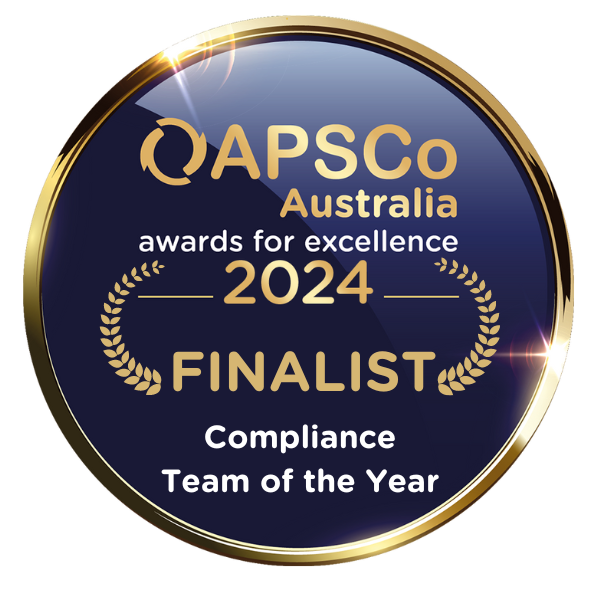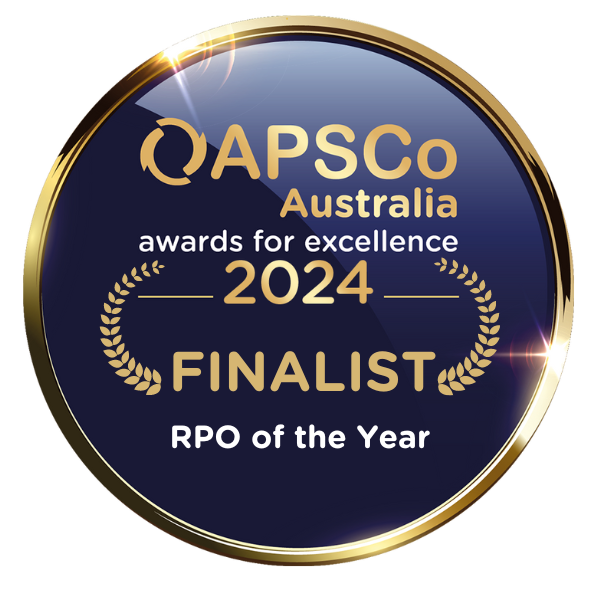In recent years, employee engagement has been trending as a focal organisational metric. There have been an abundance of LinkedIn articles, applied business journals, new technology on top of what we hear on the ground with our networks and most importantly, our clients. Some organisations have recognized the importance of engagement and are incorporating engagement scores into leader’s key performance indices (KPI’s) and organisational success metrics. Having been in the organisational diagnostics game now for over 10 years, we see the troughs and peaks with different focuses. We explored our own engagement tool data that has been collected over the past 6 years, to provide some practical insights for Managers through to Executives on employee engagement, to help support during a time where funds are tight.
Quick Summary on our Engagement findings
- Across the sample, 80% of employees were actively engaged with their organisation
- Characteristics of an employee’s role and leadership were the most important predictors of engagement
- Employees who have been with the organisation between 5 and 10 years had the highest levels of engagement
- Identification with the organisation and feelings of unity were the highest scoring, with the presence of flow and energy in approach to work being the lowest scoring engagement factors within the sample
“how positively the employee thinks about the organisation, feels about the organisations and is proactive in relation to achieving organisational goals for customers, colleagues and other stakeholders” (Bedarkar and Pandita, 2014).
Organisational culture and engagement are terms sometimes used interchangeably, but they are quite distinct and independently important. For a quick reference organisational culture, is defined as the concept of ‘how we do things in this organisation’, and employee engagement is about ‘how the employees are feeling about how we do things in this organisation’
Why should you care about employee engagement?
Research has consistently found that low levels of employee engagement can have severe consequences on individuals, teams and the organisations. Employees who are disengaged exhibit higher emotional exhaustion and a greater detachment or disconnect from their work, whereas having engaged employees leads to a multitude of positive individual outcomes including greater psychological wellbeing, a higher sense of personal accomplishment and increased job satisfaction. However, it is not just the employees but the organisations themselves who reap the rewards of an engaged workforce. Increased productivity, higher financial performance, greater customer satisfaction and lower turnover are all positive organisational outcomes which can result from having a highly engaged employee group. Hearing these benefits (and the pitfalls of a disengaged workforce) is enough of an argument for the importance of work in the area of engagement, keep reading and we will talk about our addition to the applied research area with our own findings.
Research and Actions for Managers and Leaders
What is driving employee engagement?
Role clarity, autonomy, task variety, ownership, task significance and feedback was the most important predictor of employee engagement
- Role characteristics were the biggest driver of engagement, review roles to ensure expectations are clear, have sufficient variety, employee ownership over tasks, autonomy to approach work, communicating task significance and delivering consistent feedback.
We looked at what was driving the employee engagement relationship, and interestingly found that the characteristics of the employee’s roles were most important. Our role clarity, and work and role factor includes questions related to task variety, ownership, significance, autonomy and feedback.
Further analyses found that task ownership and role clarity were the most important of the role characteristics.
What this result tells us, is that the design and quality of an employee’s role can have significant ramifications across the broader business in terms of employee engagement. Taking a fresh look at individuals’ roles, will help understand whether there are pockets or role types within the organisation that are not able to fulfil the optimum job characteristics. This investigation will enable alternative ways to engage employees and compensate for some characteristics that may not be ideal for engagement (e.g. factory worker doing the same task over and over without variety).
By improving the variety an individual has in their tasks, instilling a sense of autonomy in their approach to work, reinforcing significance to their work and providing an outlet for constructive feedback you may find that not only will employee engagement have a dramatic rise, but there will also be an increase in performance quality and motivation.
The Job Characteristics Model (JCM) by Hackman and Oldham explores work design and sets out five guiding principles which are likely to enrich an employee’s job. The proposed theory sees these five core job characteristics (skill variety, task identity, task significance, autonomy and feedback) have considerable implications on various work-related outcomes. It also states that if these characteristics are integrated and felt by the employee, it can lead to superior job satisfaction, performance quality and motivation.
How important was Leadership in influencing employee engagement?
- Display strong and consistent leadership, it’s number 2 on importance
Not surprisingly, leadership was the second most important driver of employee engagement. We found that strong and consistent leadership was associated with higher levels of employee engagement across the organisations. When organisations have a senior leadership team which understands the needs and strategy of the organisation and can accurately articulate it to their staff, it increases the overall engagement in the workplace. This further stresses the importance for all levels of the organisation to really understand and subscribe to the ideals and strategy that their organisation are trying to project. If there is that disconnect between what is spoken and what is actualised, you are likely to see the engagement levels falter.
This result compliments other significant findings from another research project which aimed at understanding effective leadership. In this piece, we found that the more present a leader was, the greater the team performance and team engagement. This creates additional support and highlights the needs for leaders to be present and take the time to understand the employee group, as well as the organisation as a whole.
What is the effect of tenure and employee engagement?
- Don’t forget about those who have been with the organisation for more than 10 years, long tenure does not always equal high levels of engagement.
Tenure was categorised into three groups, under 5 years, 5-10 years and 10+ years. Those employees who had been with their organisation for 5-10 years reported the highest level of engagement. What is interesting is that those in the 10+ years group had statistically significant lower overall engagement compared to their 5-10 year counterparts. Whilst employees may still be attempting to understand the culture and their roles in the first few years, it seems that once they are firmly embedded in the organisation (at around 5 years), we see the greatest engagement.
However, this doesn’t last for long, and once they hit that 10 year mark they become significantly less engaged. This is important to remember when looking at groups to target to enhance engagement; just because the individual has been there a long time, doesn’t mean they are highly engaged and can be forgotten about. This finding, coupled with research into our Exit survey, where employees leave due to a lack of development, confirm the importance of not forgetting about this group and even considering shifting a focus to them for the future. Employee experience is not just for those new to the organisation.
‘Do not assume that the groups of employees that are long standing, are engaged with the organisation purely because they have been there a long time. These are the groups that go unnoticed and were shown to have the lowest levels of employee engagement across the sample.’
What about the low scoring factors of employee engagement?
The ability to focus on work, and bring energy to the role, were the lowest scoring factors of employee engagement, where most oganisations surveyed were low in these areas. With the current influence of COVID-19 and the impact working from home (and everything that comes with it) has had, this will be an important focus for organisations. Supporting employees to focus on their work uninterrupted (allowing for a flow state) and to look after themselves and achieve work-life balance will enhance the energy they bring to their work. We charter unprecedented times, where we have become remote workers, daycare providers, teachers and in most cases experiencing social isolation.
Overall, employee engagement is an integral part of an effective workforce. It has serious impacts at both an individual and organisational level. Our research has identified some interesting trends, particularly around tenure and should be something organisations consider when looking at areas to target.
To discuss this research further, or hear more about our Employee Engagement and Drivers tool please contact Georgina McIntyre at georgina.mcintyre@chandlermacleod.com
Brought to you by the Innovation and Product Development team at Chandler Macleod People Insights.




















